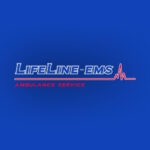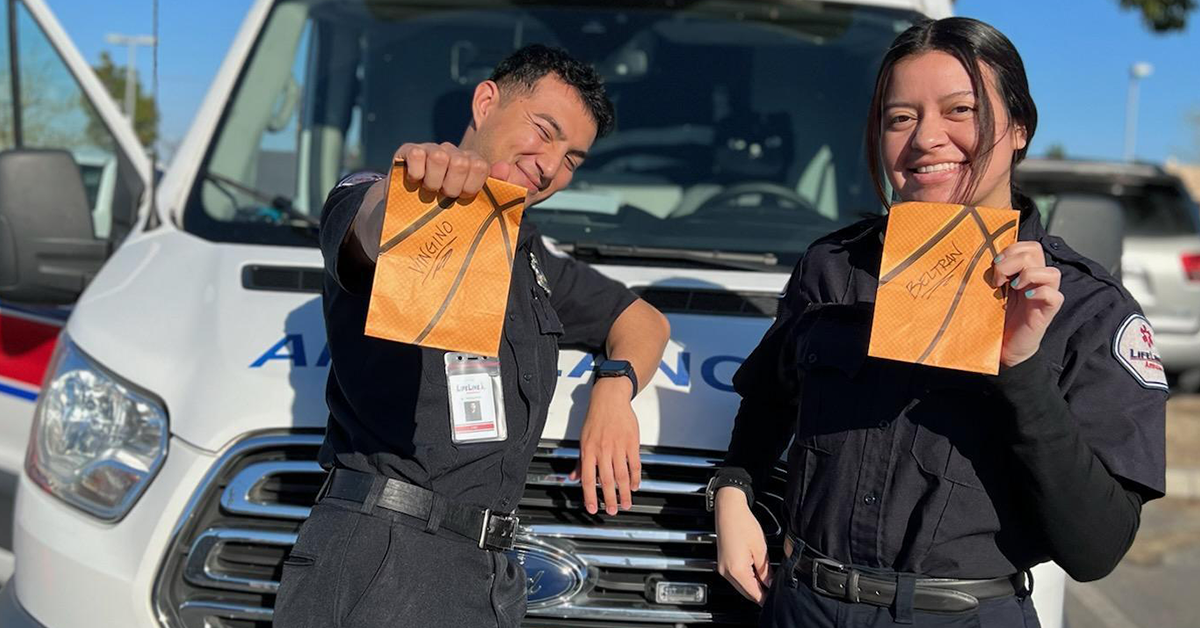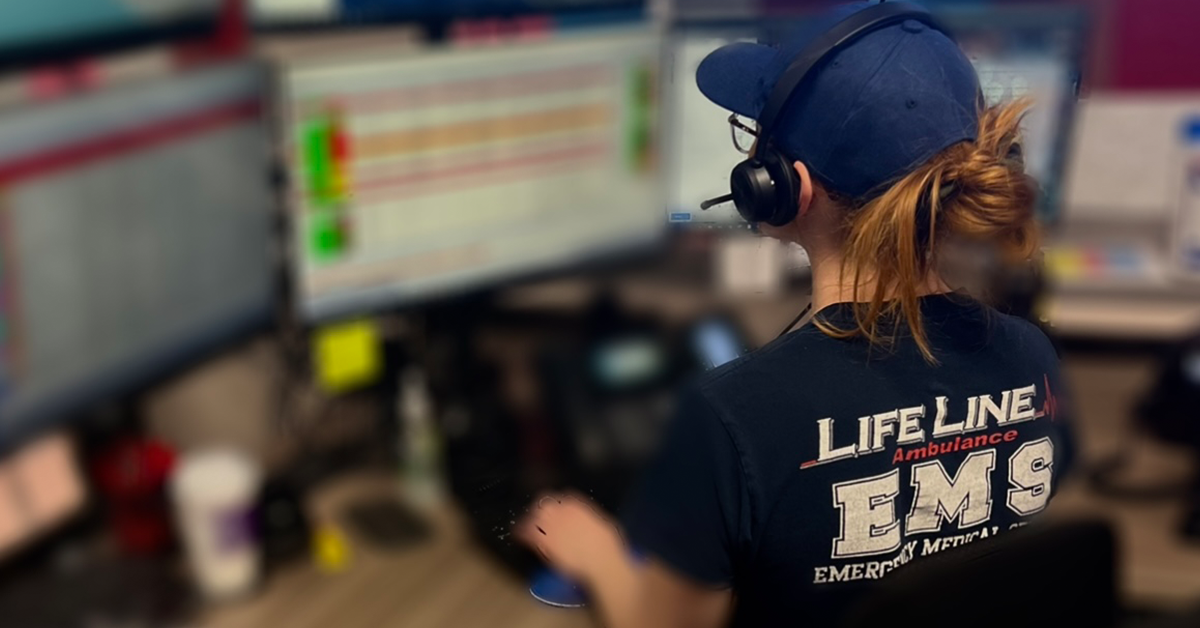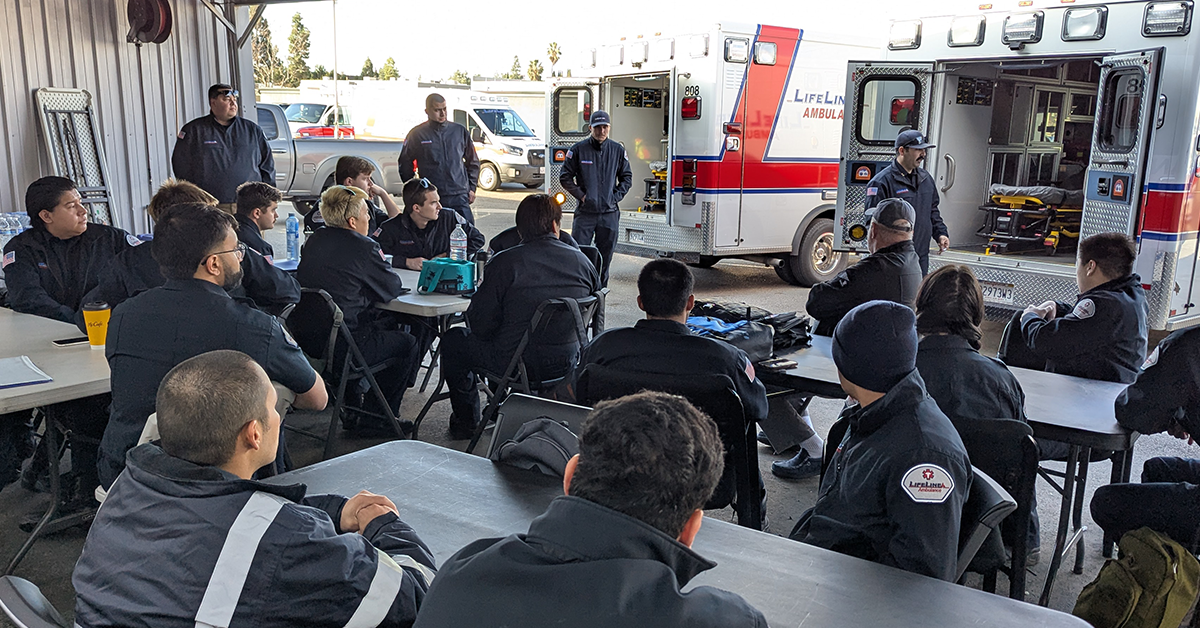Emergency Medical Technicians (EMTs) are the unsung heroes of the medical field, working tirelessly to provide immediate care in the most critical situations. In Los Angeles and Southern California, the role of an EMT is even more dynamic and demanding due to the region’s diverse and bustling environment. Join us as we delve into the thrilling adventures of an EMT and explore a typical day in their life with LifeLine EMS.
Early Morning: Gearing Up for the Day
The day begins early for an EMT. By 6:00 AM, the team at LifeLine EMS is already gearing up for the day. The first task is a thorough check of the ambulance and medical equipment. Ensuring that everything is in perfect working condition is crucial because lives depend on it. Each ambulance is stocked with essential medical supplies, including oxygen tanks, defibrillators, and a range of medications.
After the equipment check, there’s a quick briefing session. Here, the team reviews any specific instructions or updates regarding ongoing situations in Los Angeles and Southern California. This is also a time for team bonding, as camaraderie among EMTs is vital for handling the stressful and often emotional nature of their work.
Morning: Responding to Calls
By 7:00 AM, the first emergency calls start coming in. In a city as vast and populous as Los Angeles, the variety of calls is immense. From heart attacks to car accidents, the range of emergencies keeps EMTs on their toes.
One of the first calls of the day could be a high-speed car accident on the 405 freeway. As the EMTs arrive at the scene, they must quickly assess the situation, provide immediate medical care, and transport the injured to the nearest hospital. The speed and efficiency with which they work can make the difference between life and death.
Mid-Morning: Handling Medical Emergencies
As the morning progresses, the calls continue. EMTs often find themselves navigating the crowded streets of Los Angeles, racing against time to reach those in need. Each emergency presents its own set of challenges. For instance, a call might come in about a person experiencing a severe asthma attack in downtown Los Angeles. Upon arrival, the EMTs must stabilize the patient with oxygen therapy and other medications before safely transporting them to a medical facility.
In Southern California, where outdoor activities are popular year-round, EMTs frequently respond to injuries at parks, beaches, and hiking trails. A call might take them to Griffith Park, where a hiker has suffered a fall. Navigating rough terrain with medical equipment is challenging, but EMTs are trained to handle such situations with precision and care.
Noon: A Brief Respite
Around noon, if the call volume allows, EMTs might have a brief respite. This is the time to grab a quick meal, though it’s often interrupted by the shrill ring of the dispatch phone. LifeLine EMS ensures that their teams have access to nutritious meals to keep their energy levels up throughout their long shifts.
During this downtime, EMTs might also engage in continuing education or review recent cases to improve their response strategies. The medical field is always evolving, and staying updated on the latest techniques and protocols is crucial for providing the best care possible.
Afternoon: Public Outreach and Education
In addition to emergency response, LifeLine EMS is actively involved in public outreach and education. During the afternoon, EMTs may conduct first aid workshops and CPR training sessions in various communities around Los Angeles and Southern California. Educating the public on basic life-saving skills is a proactive approach to community health and safety.
EMTs also visit schools to talk about the importance of emergency preparedness and health awareness. These sessions are not only educational but also inspire many young people to consider careers in emergency medical services.
Late Afternoon: High-Intensity Calls
As the day progresses into late afternoon, the intensity of calls often increases. Traffic accidents become more frequent as people rush home from work. In a city like Los Angeles, with its notorious traffic, EMTs must navigate congested roads swiftly and safely.
A typical late afternoon might involve a multi-vehicle collision on Interstate 10. EMTs arrive to find multiple victims with varying degrees of injury. Their training and experience are crucial in triaging patients, providing immediate care, and coordinating with other emergency services to manage the scene effectively.
Evening: End-of-Shift Challenges
By evening, fatigue begins to set in, but the calls do not stop. EMTs might respond to a wide range of emergencies, from overdoses in East Los Angeles to diabetic emergencies in Santa Monica. Each call requires focus, compassion, and professionalism, regardless of the hour or the exhaustion creeping in.
As the shift nears its end, there is often a sense of relief but also a reflection on the day’s events. The EMTs return to the base, clean and restock the ambulance, and complete necessary paperwork. It’s also a time for debriefing, where the team discusses the day’s calls, shares experiences, and offers support to one another.
The Unpredictable Nature of the Job
One of the most challenging aspects of being an EMT is the unpredictability of the job. No two days are the same, and EMTs must be prepared for anything. Whether it’s a natural disaster, a mass casualty event, or a routine medical emergency, EMTs are trained to handle all situations with calm and competence.
In Los Angeles and Southern California, the diverse population and varied landscapes add to the complexity of the job. From urban centers to rural areas, EMTs must be adaptable and ready to provide care in any environment.
The Rewarding Nature of the Work
Despite the challenges, being an EMT is incredibly rewarding. The ability to make a tangible difference in someone’s life is a powerful motivator. EMTs often reflect on the lives they’ve saved, the comfort they’ve provided, and the impact they’ve made in their community.
At LifeLine EMS, the commitment to excellence and compassion is evident in every call they respond to. The EMTs are not just medical professionals; they are community members dedicated to making Los Angeles and Southern California a safer place.
Keep Reading
Want more? Here are some other blog posts you might be interested in.
In the high-stakes world of emergency medical services, clear and effective communication can mean the difference between life and death. EMS professionals...
Emergency Medical Services is an ever-evolving field that requires constant learning and adaptation. With medical advancements, technological innovations, and increasing public health...
Emergency Medical Services s a high-stress, physically demanding profession that requires dedication, quick decision-making, and resilience. While the rewards of saving lives...






